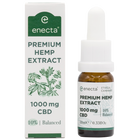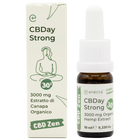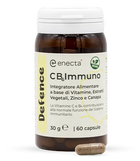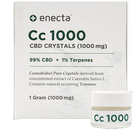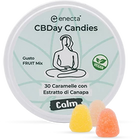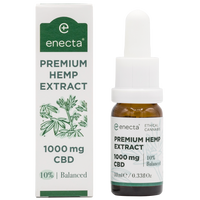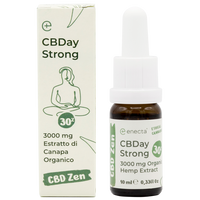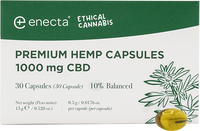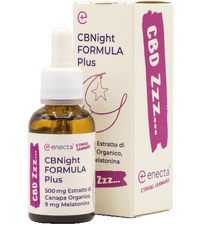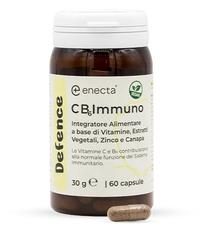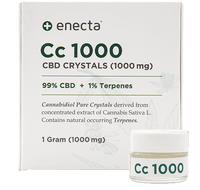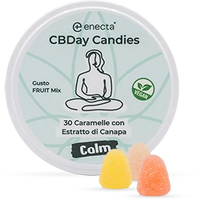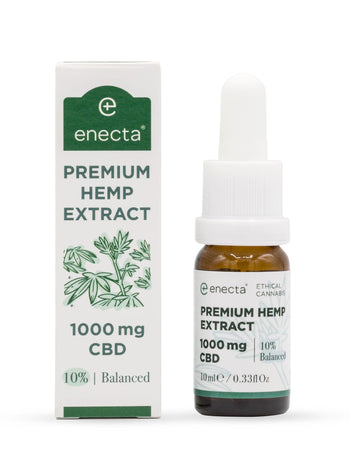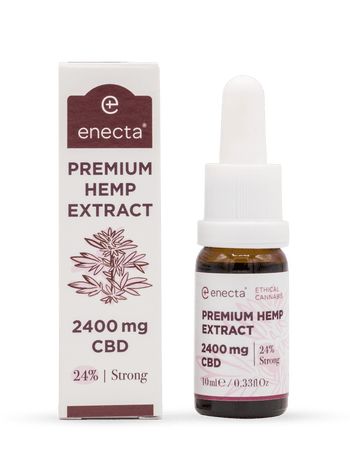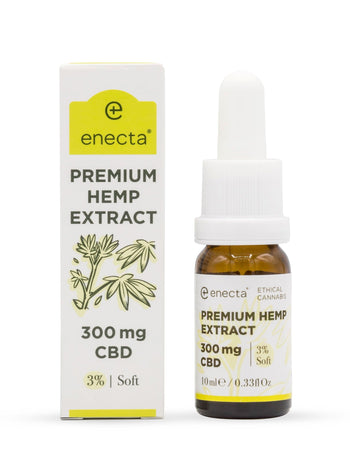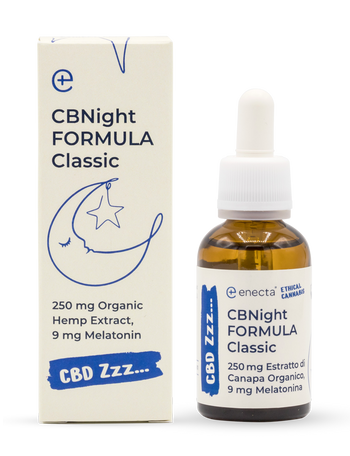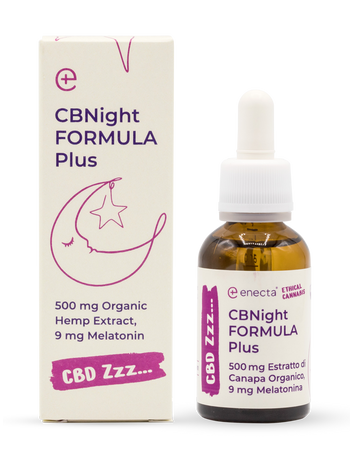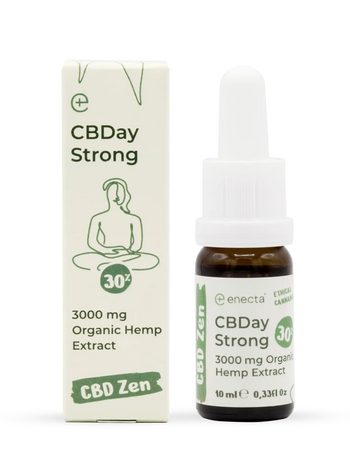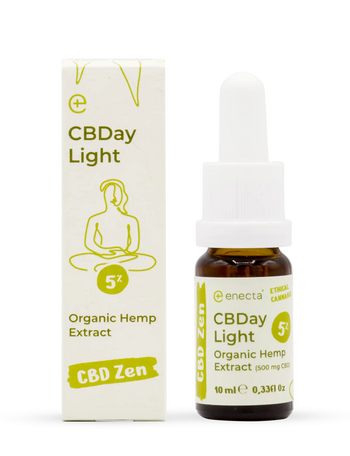The rediscovery of Cannabis is opening up its seeds potential to new fields of application.
The classification of its cultivated varieties is much debated. To this day, it is still difficult to understand, whether or not all Cannabis types belong to the Cannabis Sativa variety, or if Cannabis Indica and Cannabis Ruderalis, for example, should be considered distinct species.
Today, Cannabis sativa is cultivated throughout the world. Its introduction in Europe probably goes back to the second millennium BC and in Italy, traces of its presence from the 1st century BC have been found. Century after century, cannabis cultivation spread throughout the world up until the 1930's. And it has only been a few years since the plant was rediscovered, thanks to scientific publications attesting to its excellent and useful properties.
What’s inside a cannabis seed?
Proteins compose 24% of Hemp seeds (mainly edestin and albumin). Adding to these are eight essential amino acids: leucine, isoleucine, phenylalanine, lysine, methionine, threonine, tryptophan and valine. This composition makes cannabis seeds a healthy food, used as a complement in many diets. Hemp seeds are, in fact, rich in vegetable fats (about 35%) among which the essential fatty acids Omega-3 and Omega-6, naturally contained in linoleic acid and alpha-linoleic acid.
These are true active nutrients, present in high quantities in vegetable oils and in some animal fats. Moreover, hemp seeds contain a significant amount of vitamins and mineral salts.
How are Cannabis Sativa seeds used today?
Cannabis seeds can be used both as an additional ingredient in a dish (a salad, for example) or ground to extract their oil which is increasingly used in a wide range of areas, the latest one being CBD-based cosmetic products. Enecta's oil is extracted from cannabis varieties listed in the European Community Register and their cultivation is allowed for industrial use.


